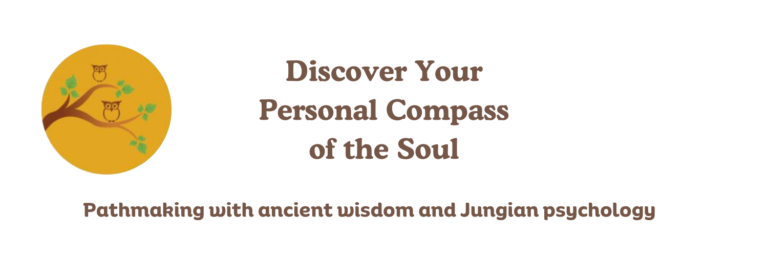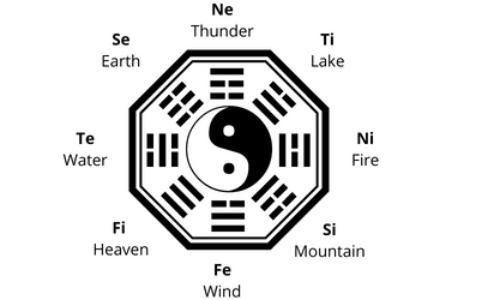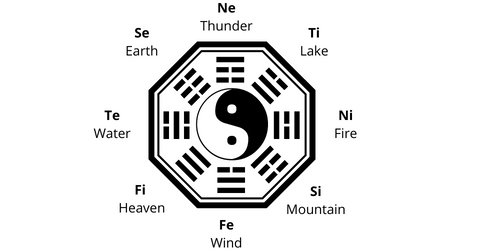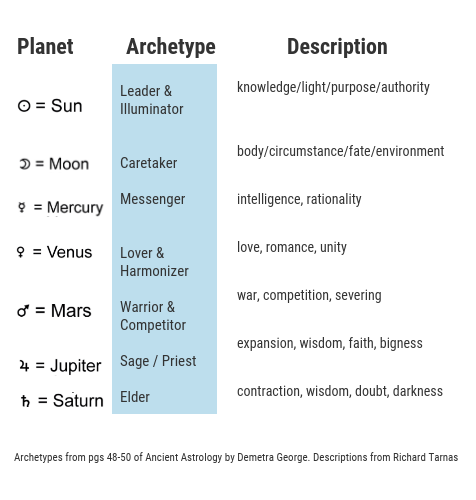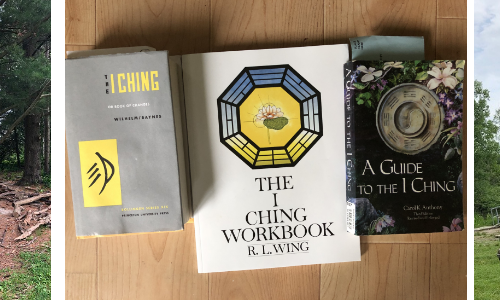Yesterday, the day after the Summer Solstice, I grabbed one of my I Ching books and made my way to a Native American burial mound in a forest a few miles from my house.
The I Ching is an ancient source of wisdom you can access anywhere and it gives you insights that are so refreshingly different from most modern advice. No “7 steps to a more successful career” kind of thing. It’s become an important part of the work I do with a Jungian analyst.
Unfortunately I’ve avoided this forest the past couple of years, due to acquiring a fear of deer ticks, which are Lyme disease transmitters. Eek! But I put on long socks and fortified myself with some Taco Bell pintos and cheese, because this is the heartland, after all. Plus, it wouldn’t seem right to eat frou frou food before walking to an ancient site like this. And off I went:
Last week my Jungian analyst said moments of synchronicity frequently occur at sacred places like a Native American burial mounds. He suggested I start visiting a few of them, due to my late father’s interest in them when he was around my age. He would take long walks in nature and visit the mounds in Wisconsin.
Standing at this ancient site (it was built in 650 – 1100 CE) I slowly tossed the coins to form the hexagram and asked for words of wisdom to ponder this weekend. I also explained the reason I was at the burial mound. The thing about the I Ching is, you should approach it respectfully, never ask a silly question, and don’t ask a “yes/no” question.
There are 64 hexagrams, each with 6 lines. There are a possible 4,096 I Ching readings. So whatever hexagram you cast, there is a 4,096 chance of drawing that particular reading.
I was given:
Hexagram 19: Approach. (Better Times Approach)
Better times? I liked the sound of that.
But this is the I Ching. Because of how deep it is, there will always be some shades of darkness mixed in, along with the strong sense that your attitude plays a large role; it’s not about running off and creating an action plan and following “next steps.” It’s not a vending machine of wisdom. You must enter into the hexagram, feel your away around, be content with opaqueness, and look at it from many angles.
There are three different I Ching books I use, as recommended by my analyst. Carol Anthony’s A Guide to the I Ching is my favorite of the the three and I had that one with me. I sat on the rock and read. I’ll share parts of it here, so you can consider these insights for your own life as well:
“Through developing a balanced, sincere, and conscientious attitude we acquire the assistance of the Sage, who approaches to help; as a result, times change for the better and tensions ease.”
Whether situations get better or worse, “we remain emotionally detached and inwardly independent. That times are better should not indicate that it is time to let down our discipline, renew bad habits, or luxuriate in self-indulgence. We enjoy the moment but do not get lost in it.; we go on, almost without breaking step. This attitude is the embodiment of modesty. […] Because we do not allow ourselves to indulge in an emotional high, we avoid a resulting emotional low, thus we maintain the inner steadiness that characterizes the Sage, a steadiness which enables us to achieve all our purposes.”
The top line of the hexagram is what I cast and it says: “When we are firm in our principles, yet open-minded and compassionate, we attain a greathearted approach to life which is free of impatience with others’ imperfections. This attitude invokes the help of the Sage. As the Sage humbles himself in a greathearted way to help us, a greathearted humility enables us to help others.”
The next step is to take the first hexagram, which describes the present state, and create a second one out of it by following certain steps. The second hexagram describes the future state:
Hexagram 41: Decline (Decrease)
Oh oh, I thought.
But that’s how it goes in life. A pendulum. Better times. Then decline. Better times. Then decline.
Hexagram 41 has wisdom about what to do the next time things take a downturn:
“Sacrifice feelings to which we are attached, such as desire, affection, repulsion, negation, alienation, or irritation, for the good of the whole.”
“Decrease also refers to the sense of dismay we feel when we realize that our ego must relinquish leadership of our personality. […] To decrease the ego, by letting go of such feelings, is to ‘express the true sentiments of the heart.’ By decreasing our ego, the correct messages are transmitted to others and the Higher Power is able to help and defend us.
“[…] During moments of decrease we are able to see that we need help, and we have the humility to ask for help. […] So long as our ego is able to control us, we remain unreliable. To accept our need for help, and to call for help, is to gain to help of the Higher Power.
Birdies!
On the way back out of the forest I walked past my favorite section in the meadow where the geese have a “daycare.” The mother goose was unfazed by me, didn’t move, and seemed to exemplify that hexagram 19 inner steadiness. Yes, I know, I’m projecting human qualities onto a bird (anthropomorphization, if you want to be fancy about it), but humor me, because I can’t help myself. I like birdies.
Then I came across this baby American robin in the middle of the path just as I was about to exit the forest:
The bird didn’t move, probably because she was too young to know she should be afraid. The mother bird was cheeping frantically a short distance away, but didn’t seem to see the baby bird.
Two birds in a moment of Decrease and in need of help. I’m standing there wanting a better time to Approach for these birds; a reminder we are all connected. I called out to mama bird to let her know that her baby was over here. I said words of comfort to baby bird. Then, with “greathearted humility,” I said a prayer, asking for divine help for these two birdies, that they would quickly be reunited, that the moment of Decrease would be over so quickly it would be forgotten.
One of the beautiful things about using the I Ching is you feel you aren’t alone. Through synchronicity you feel that someone (Sage, God, the Higher Power, Divine Feminine, the Creative, whatever name you prefer) is there ready to help you.
An ancient Chinese text, on an ancient Native American burial mound, so now let’s weave in an ancient Biblical text (Luke 12:6) for good measure: “Are not five sparrows sold for two pennies? And not one of them is forgotten before God.”
